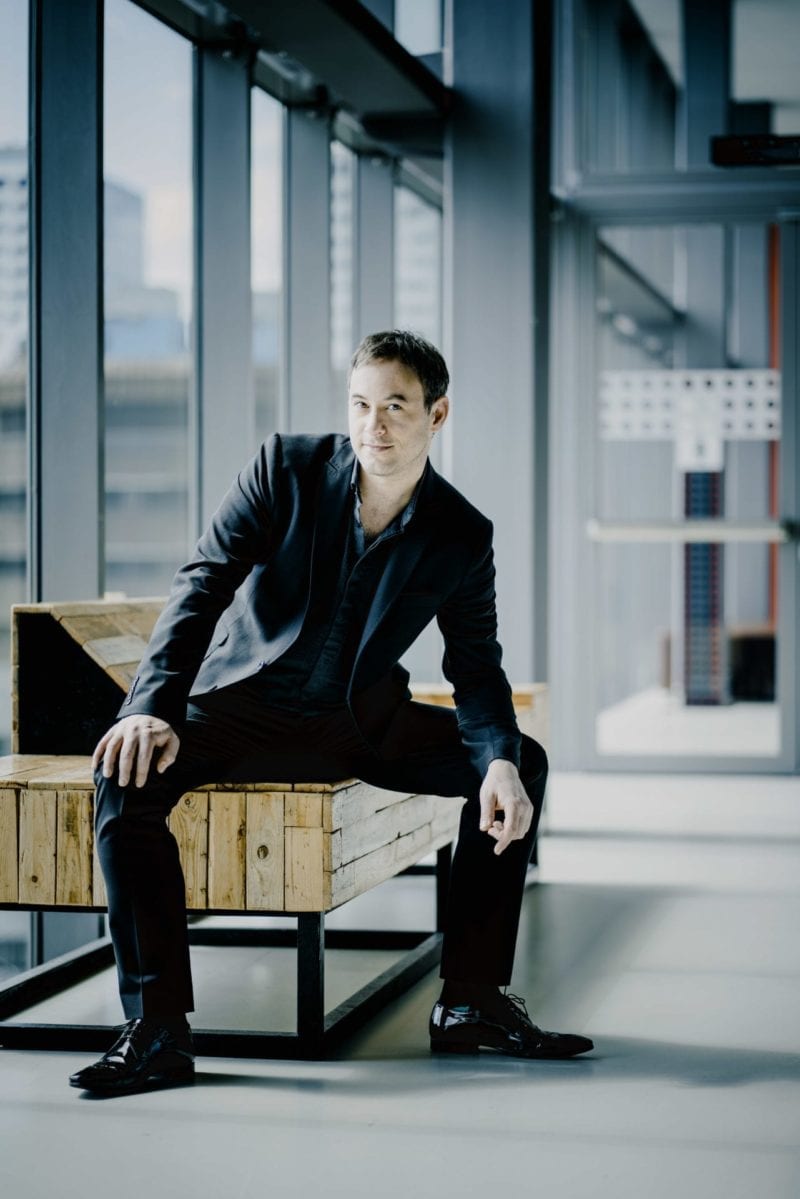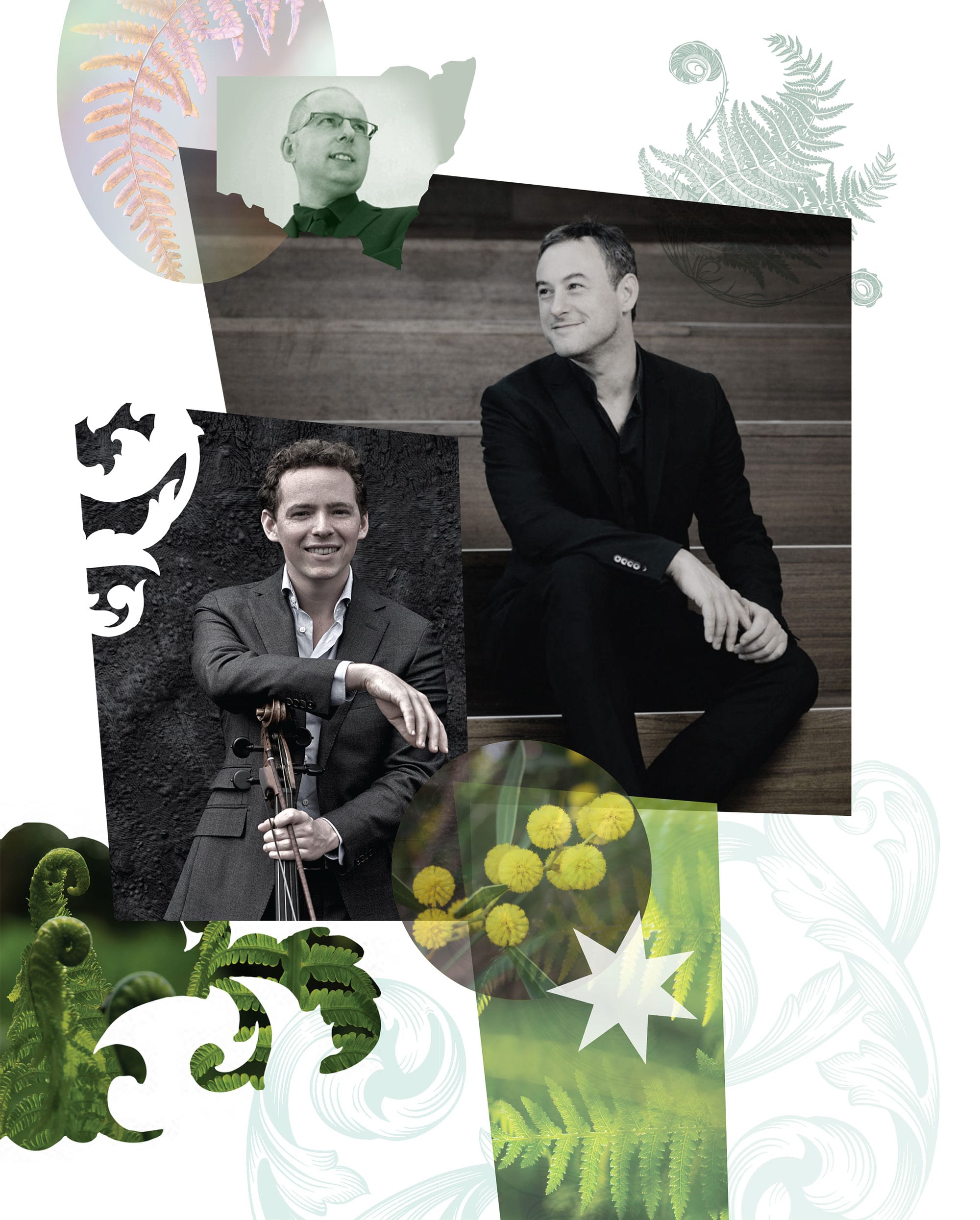
Something Old, Something New, Something Mad
November 10–14, 2021
A thrilling potpourri of baroque, classical and modern sounds make up this program, featuring conductor Jonathan Cohen, cellist Keiran Campbell, and a world premiere by Australian composer Paul Stanhope.
LOCATELLI Concerto Grosso in E-flat major, Op. 7, No. 6, Il pianto d’Arianna
JS BACH Contrapunctus Nos. 1 and 4 from The Art of Fugue
HANDEL Concerto Grosso in A minor, Op. 6, No. 4
MOZART Fugue No. 2 in E-flat major, K. 405 (after Bach’s BWV 876)
VIVALDI Concerto for Strings in G minor, RV 156
JS BACH Contrapunctus No. 7 from The Art of Fugue
CPE BACH Concerto for Violoncello in A major, Wq.172
JS BACH Contrapunctus No. 9 from The Art of Fugue
Paul STANHOPE Giving Ground *world premiere*
GEMINIANI Concerto Grosso in D minor, H.143, La Folia
Jonathan Cohen, conductor
Keiran Campbell, violoncello
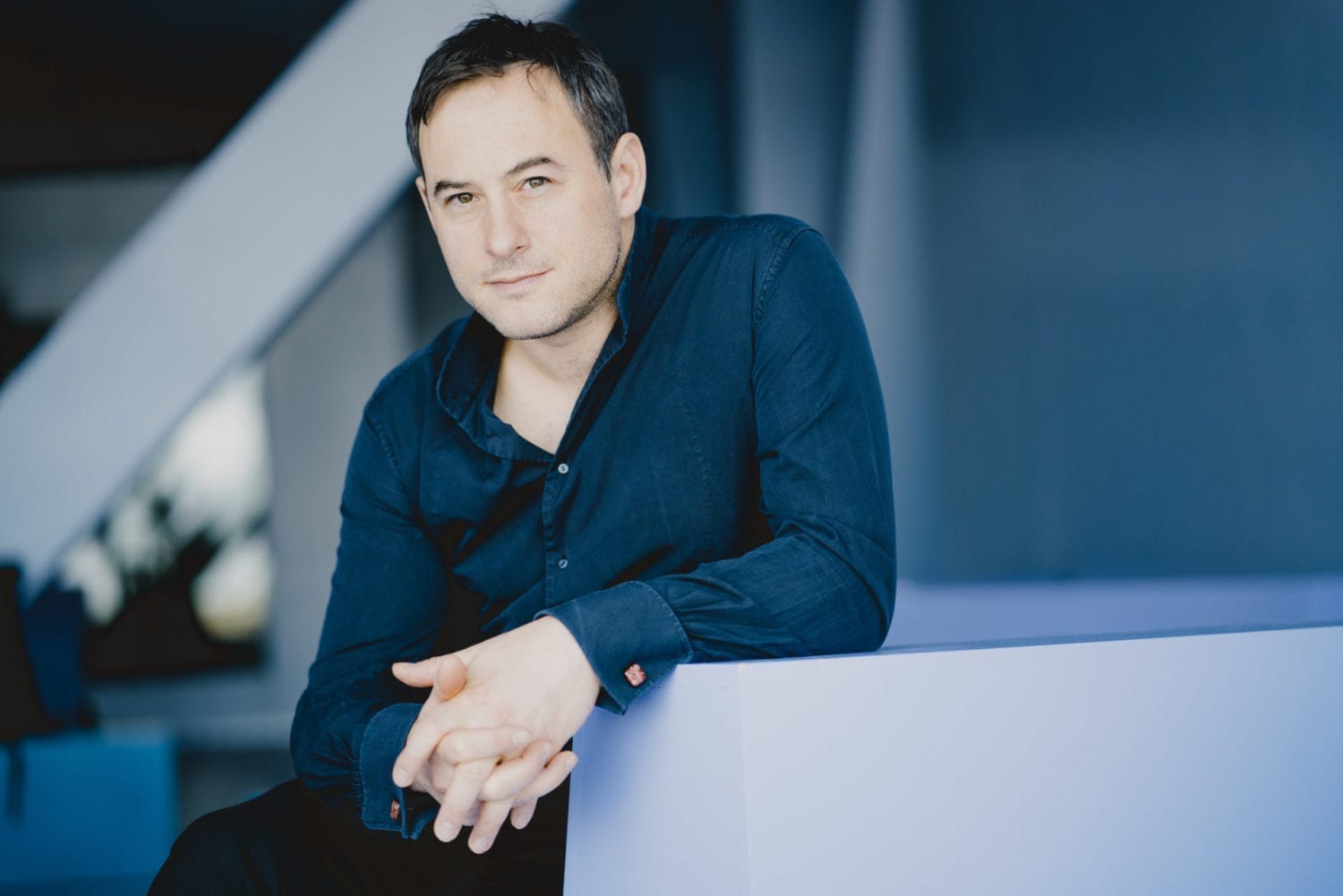
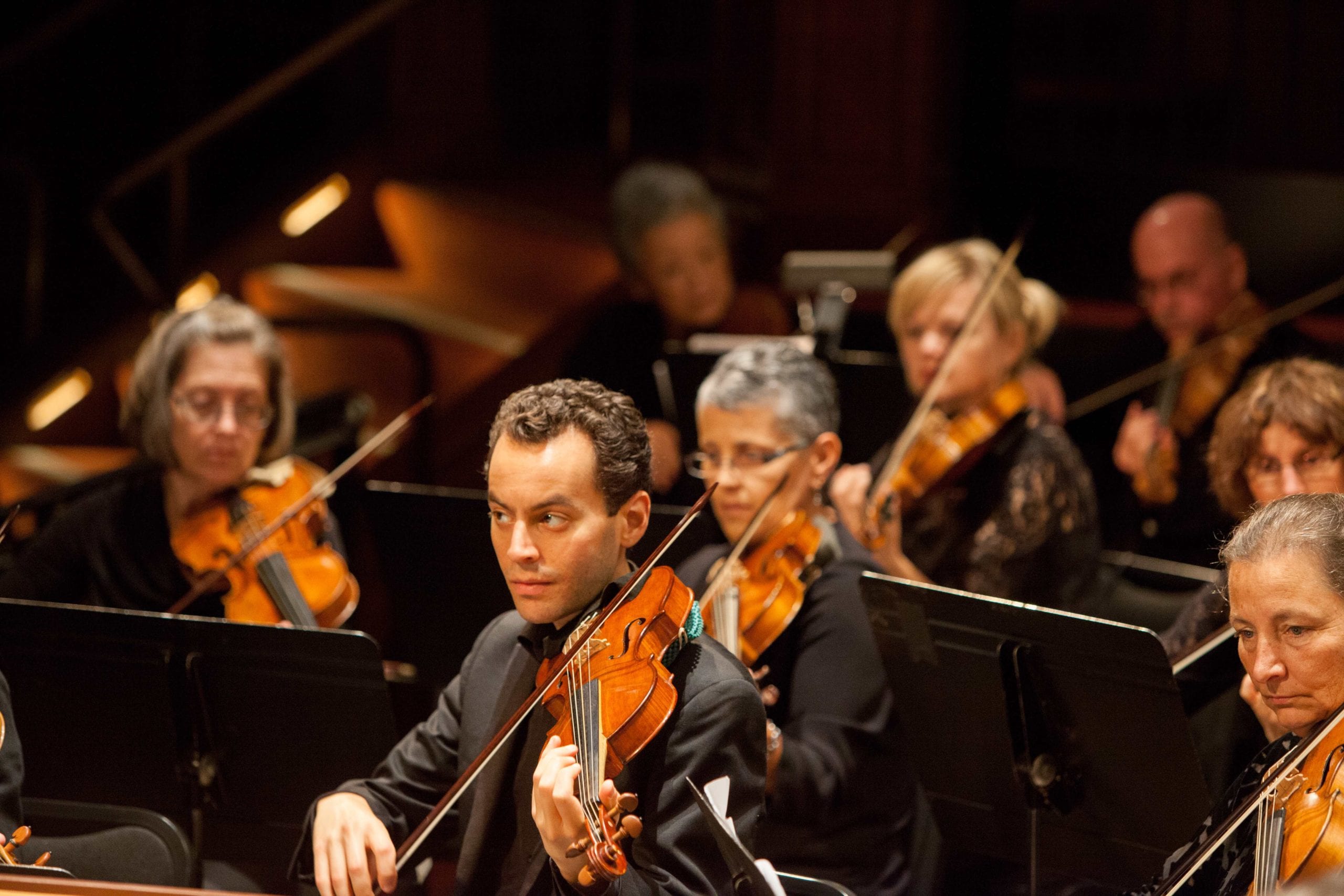

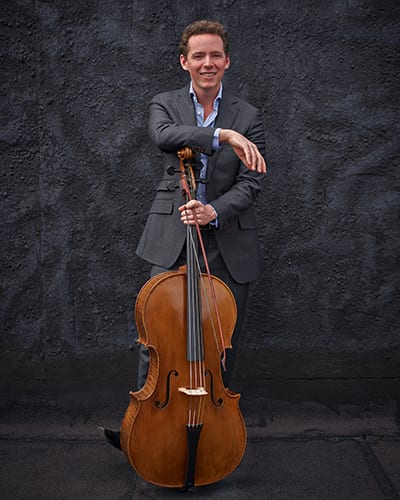
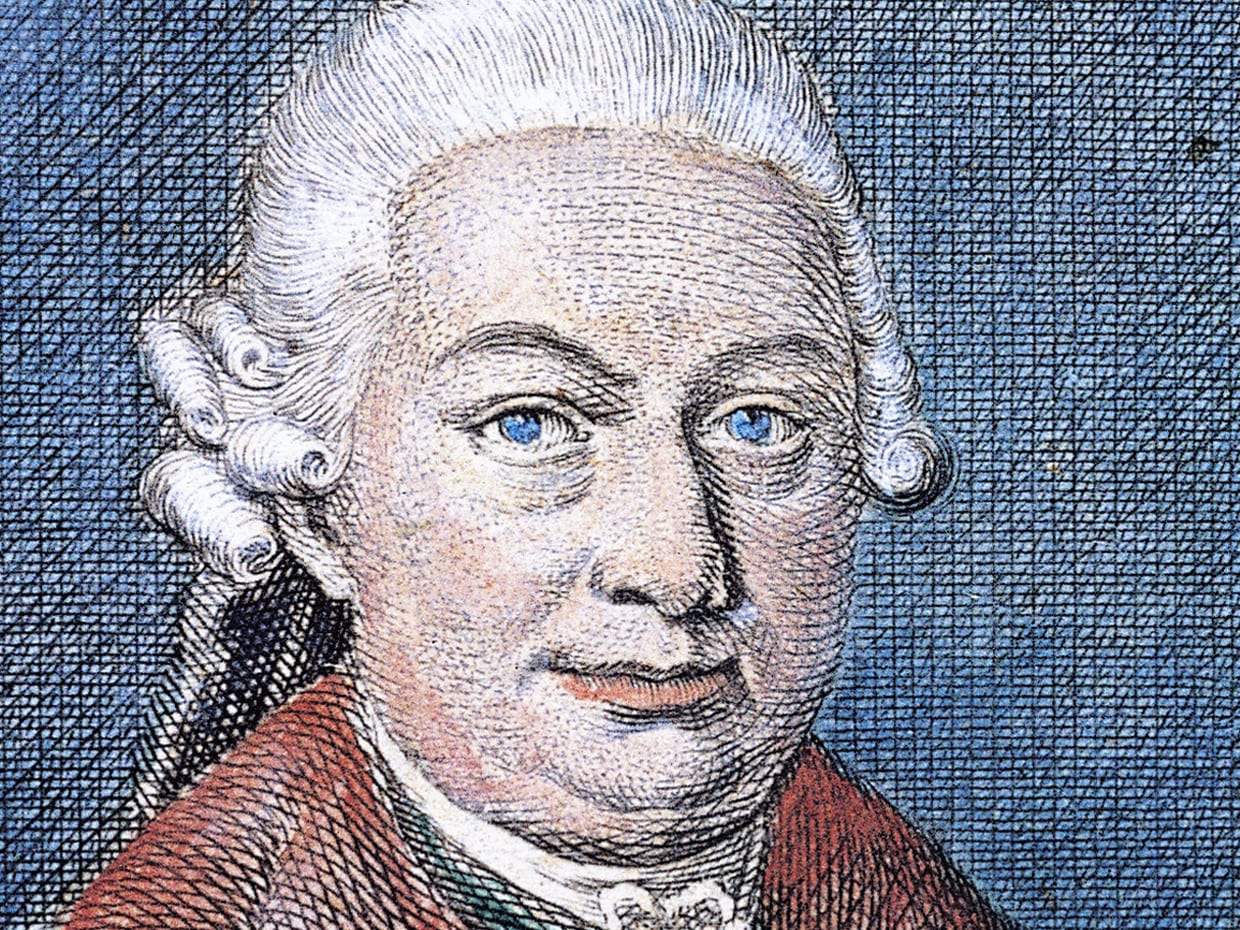
”Cohen's interpretation was notable for its austere beauty...[his] judgment of the work's measured dramatic momentum was wonderfully assured."
The Guardian
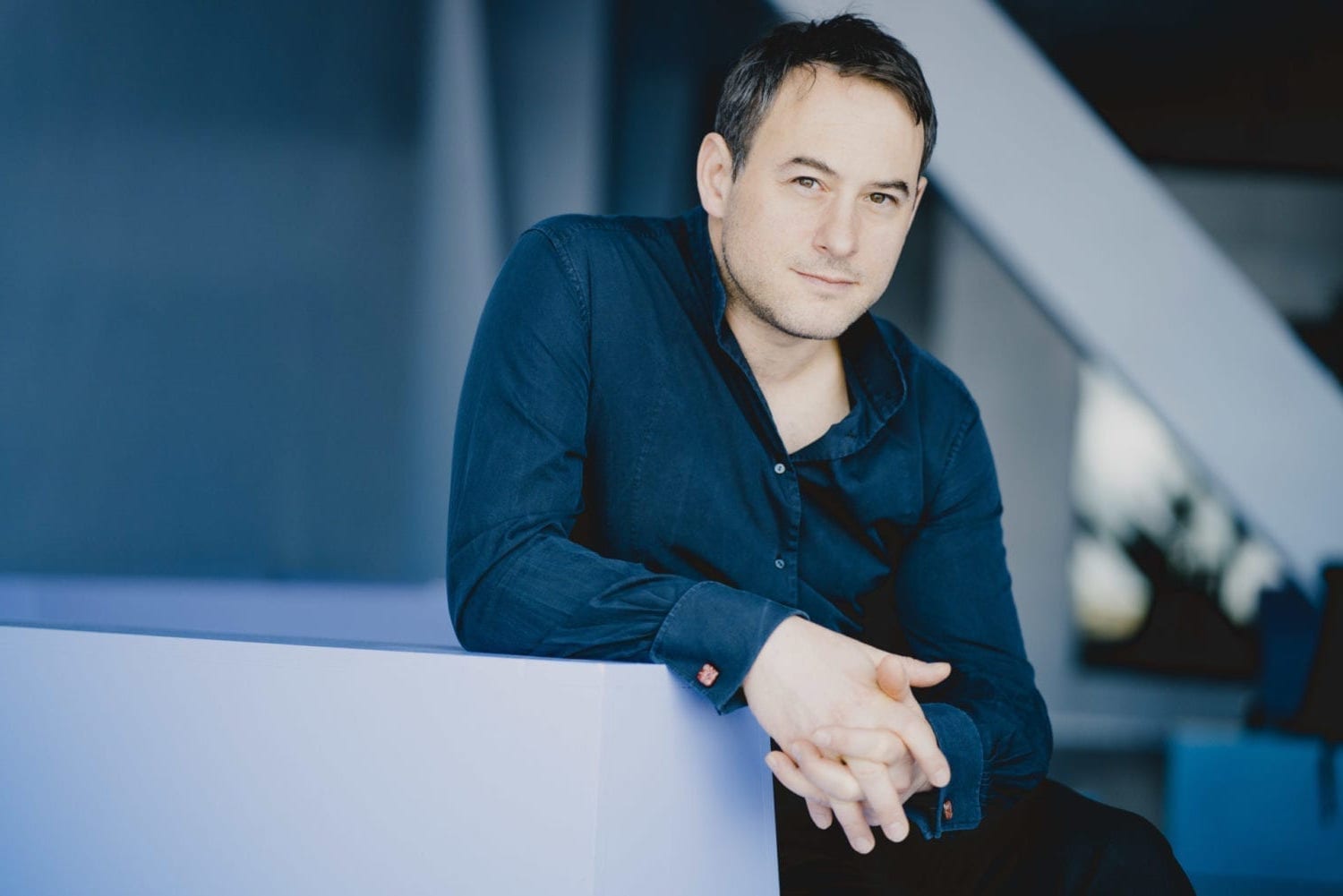
About Something Old, Something New, Something…Mad
A thrilling potpourri of baroque, classical and modern sounds make up this program.
CPE Bach (one of the many children of JS) was a daringly different composer, who liked to shock his audiences with unexpected twists and turns, and this concerto is no exception—a mix of playful, sad and hyperactive. This distinctive piece is realized by Keiran Campbell—something of a ‘PBO alum,’ having been part of our collaboration with The Juilliard School, and also recently appointed Principal Cello of our Canadian counterpart, Tafelmusik.
Capping off the program is Geminiani’s take on the ancient European folk tune of La Folia. True to its translated title of ‘madness,’ this is a dizzying whirlwind of a piece that will remain lodged in your head for days afterwards. You have been warned…
Prior to this is a world premiere from composer Paul Stanhope. His music is full of drama and warmth, reflective of the character of his home country, Australia, and here he gives us his own, distinctive take on that same La Folia folk melody. This co-commission with the Australian Chamber Orchestra marks our first partnership with our friends Down Under.
Joining us to direct this eclectic evening is Jonathan Cohen, an electrifying presence in the Baroque world whom we’re very excited to welcome back to PBO.
The Music
LOCATELLI Concerto Grosso in E-flat major, Op. 7, No. 6 “Il pianto d’Arianna”
JS BACH The Art of Fugue, BWV 1080: Contrapunctus 8
HANDEL Concerto Grosso in A minor, Op. 6, No. 4
MOZART Fugue No. 2 in E-flat major, K. 405 (after Bach’s BWV 876)
VIVALDI Concerto for Strings in G minor, RV 156
[intermission]
JS BACH Sinfonia Trio BWV 76
CPE BACH Concerto for Violoncello in A major, Wq.172
JS BACH The Art of Fugue, BWV 1080: Contrapunctus 9
Paul STANHOPE Giving Ground *world premiere*
GEMINIANI Concerto Grosso in D minor, H.143 “La Folia”
Program Notes
Pietro Locatelli (1695-1764)
Concerto grosso in E-flat major, Op. 7, No. 6
Pietro Locatelli was born in Bergamo, studied in Rome, worked at the Court in Mantua and eventually settled outside Italy, in Amsterdam. He was a violinist whose lifetime saw the flowering of instrumental virtuosity, on stringed instruments in particular. He was also a shrewd businessman who benefited from printing’s rapid rise in Holland.
Nobody quite knows whether Locatelli studied with the great pioneer of the baroque Concerto Grosso, Arcangelo Corelli. It’s more likely he received instruction from Corelli’s pupil Giuseppe Valentini. Either way, Corelli’s pioneering of the Grosso rubbed off on Locatelli, from whose pen three Grosso sets survive.
The Concerto Grosso capitalized on a new trend for virtuosity, but in a broader setting. The premise was to have instruments or instrumental groups emerge as soloists from within a variegated orchestral texture—a texture with which they would continue to converse and participate in.
One of Locatelli’s best-known Grossos comes with a narrative attached. Published as part of the composer’s Op 7 set in 1741, Il pianto d’Arianna uses the fragment of a lost Monteverdi opera of the same name telling of Theseus’s abandonment of Ariadne.
A solo violin, probably written by Locatelli for himself to play, sobs on Ariadne’s behalf in the undulating Andante, with cello, additional violin and the string ensemble for accompaniment. The lamenting continues across the five movements of what could be described as a miniature opera for strings. The faster-paced Allegro movement is filled with the rage that comes with loss. The final Largo, strewn with silences, eventually twists into the hopeful smile of a major key.
Johann Sebastian Bach (1685-1750)
Contrapunctus 1 and 4 from The Art of Fugue, BWV 1080
Johann Sebastian Bach’s intellectual development of harmony laid the foundations for centuries of subsequent music, from Mozart to ABBA. In particular, Bach mastered counterpoint—the braiding of different but complementary musical voices.
The highest manifestation of counterpoint is fugue: the introduction and subsequent discussion of a single theme or ‘subject,’ at staggered intervals and different pitches, by otherwise independent voices.
Those voices might be individual instruments or the autonomous fingers of a keyboard player. Bach didn’t specify which instrument (or instruments) should relay his culminating contrapuntal manifesto, The Art of Fugue.
In this collection, started at as early as 1742 but collated later into a fully comprehensive set, the composer sought to create a unified but diverse encyclopedia of fugal techniques. He did so mostly using the same melody or ‘subject,’ based on a simple D minor triad (a definitive three-note chord). As always, Bach’s rigorous logic leads to music both exuberant and profound.
Bach labelled each of the set’s fugues ‘Contrapunctus,’ followed by a number. Contrapunctus 1 is a clear-headed presentation of the subject itself—the twelve notes heard right at the start beginning and ending on a D. Bach’s whole exercise in The Art of Fugue can be defined as his proving what he could do with this single, cleverly-chosen tune. Here, the subject is followed by an equally lucid fugal elaboration, with dramatic pauses to end.
Contrapunctus 4 is where the collection starts to get really interesting. This fugue was evidently added later, towards the end of Bach’s life. Here, the composer allows the fugue subject to ‘modulate’ or change key—thus bringing a greater feeling of spatial and harmonic freedom to the music. We also hear the fugue subject inverted for the first time, or flipped upside down (the twelve notes heard right at the start). This is the first time in the set we are hearing the subject viewed from wholly different angles.
George Frideric Handel (1685-1759)
Concerto Grosso in A minor, Op. 6, No. 4, HWV 322
Ten years Locatelli’s senior, Handel was the baroque era’s master impresario. Both his musical genius and his monetary success lay in his ability to absorb ideas from the likes of Corelli without simply copying them (he had the advantage of having lived in Italy, though the two composers got friendly in London).
Handel was riding high in the autumn of 1739, when he wrote a celebrated Grosso set labeled Opus 6. Corelli’s own Opus 6 set provided the model; Handel’s use of the same opus number was intended to lure Corelli fans to Handel’s works. The layout also matched Corelli’s, with a solo group of two violins and a cello stepping out from the larger ensemble.
Handel’s Grossos feel rooted in the Italian tradition, while at the same time containing levels of invention and imagination that are all the composer’s own. The first movement combines gallant politeness with wild unpredictability. The second is a broad and exhilarating fugue. The third drapes a dreamy ‘sarabande’ (a three-step dance) over a walking bass.
It’s Handel’s last movement, however, that proves his adeptness at borrowing from himself. Its main theme is lifted from the aria ‘È si vaga del tuo bene’ from the composer’s own opera Imeneo— ingeniously up-cycled to a faster speed and whole new, determinedly agitated mood.
Wolfgang Amadeus Mozart (1756-1791)
Fugue No. 2 in E-flat major, K. 405
In Mozart’s day, a reference to ‘Bach’ would have meant Carl Philipp Emanuel Bach—Johann Sebastian’s second son, whose melodic, elegant but clear-headed music proved immensely popular in the late 18th century.
Mozart, however, became interested in JS Bach in Vienna—partly from curiosity, partly as he sensed what he could learn from the old master.
Principally, Mozart saw that he could sharpen his contrapuntal skills. He hoped to fast-track them by transcribing five fugues from Bach’s Well Tempered Clavier, originally for keyboard, for the four strings of a quartet (Mozart also took a serious interest in The Art of Fugue).
It was an astute move, which utterly transformed Mozart’s quartet writing. Mozart’s take on Bach’s Fugue in E-flat major, with its long fugue subject, demonstrates the extent to which Bach’s music somehow fits any instrument or combination of them.
Antonio Vivaldi (1678-1741)
Concerto for Strings in G minor, RV 156
Antonio Vivaldi is often considered the father of the modern day ‘concerto.’ Like Corelli, Vivaldi knew that the word itself simply implied dynamism and contrast: a musical dialogue founded on competition and rivalry as well as concord and common purpose.
Vivaldi wrote over forty string concertos known as ‘concerti a quattro’ throughout his career, none of which are easy to date (though most were written after 1703). They don’t call for specific solo contributions and are probably best considered forerunners to the symphony (or the Grosso) more than to the solo concerto. These pieces adapt and develop musical material, discussing it in two fast movements either side of a slow interlude.
Vivaldi’s string concerto in the stormy key of G minor brims over with the fury and angularity that are characteristic of the composer. In the opening movement, the rhythmically emphatic violins sing passionately over a bass line that descends boldly and alluringly through semitones or ‘half-notes’. After a reflective Adagio, the music of the final movement surges energetically upwards.
Johann Sebastian Bach (1685-1750)
Contrapunctus 7 from The Art of Fugue, BWV 1080
In Contrapunctus 4 we heard Bach’s fugue subject upside down and travelling to different keys. Contrapunctus 7 introduces the concepts of ‘augmentation and diminution’—the theme (or its upside-down ‘inverted’ version) played at half speed or double speed. The difference in speed gives the tune an entirely different sense of weight and gravitas.
Here, Bach starts with a standard (but slightly ornamented) version of the fugue subject, answered by an upside-down version at half speed (with double the note values). In the intricate conversation that follows, that simple concept is steadily expanded to the point of high complexity.
Carl Philipp Emanuel Bach (1714-1788)
Cello Concerto in A major, Wq.172
From the age of 15, Bach’s second surviving son regularly took part in his father’s church performances in Leipzig. After studies in Frankfurt and a stint in the service of the Prussian court in Berlin, Emanuel saw off fierce competition to succeed Georg Philipp Telemann as Music Director of the churches of Hamburg.
Emanuel’s time in Berlin coincided with a shift in musical taste, ‘a new period’ according to the composer in which delicacy and clarity came to occupy pride of place. This was also the period, specifically the years 1750-53, in which Emanuel produced his three celebrated cello concertos.
Vivaldi’s concertos may be the formal model for Emanuel’s. But their equality of soloist and ensemble, and the sophistication of their conversation, can surely be traced back to the Italian Grosso tradition.
The A major concerto is one of Emanuel’s best-known works, a piece that somehow reconciles the period’s insistence on ‘unity of affect’ with a huge variety of expression. As one cellist has said, each movement tells its story in a single swoop; every gesture feels like a consequence of that which went before.
There is virtuosity in this concerto too, particularly in the exuberant outer movements (the latter subtly reinvents what we think of as a ‘gigue’). More remarkable still is the economy of gesture, but huge emotional effect, of the slow central movement. Here, the music’s yearning tensions are rooted in strings dampened by mutes, but instructed to play both loudly and quietly all the same.
Johann Sebastian Bach (1685-1750)
Contrapunctus 9 from The Art of Fugue, BWV 1080
Contrapunctus 9 is one of The Art of Fugue’s more exuberant numbers. Here, the most obvious complicating factor is the introduction of a new subject that is discussed alongside the now-familiar subject (a ‘double fugue’) in four voices, whose playful demeanor develops into an unstoppable tour de force. Just to prove his prowess, Bach writes a magnificent example of ‘double counterpoint’—a technique in which the upper and lower voices switch places, mid-flight.
Paul Stanhope (b. 1969)
Giving Ground (world premiere)
Paul Stanhope is a multi award-winning Australian composer and Associate Professor of Composition at the Sydney Conservatory of Music. Giving Ground was finished in 2021 to a commission by the Australian Chamber Orchestra for a companion piece to the work by Geminiani we hear next. Both works use the Iberian dance tune ‘La Folia’, popular in the eighteenth century. Stanhope’s also uses a Grosso structure, in which various soloists emerge from a conversational texture. Here, however, they often use playing techniques that would have been unrecognizable to Geminiani.
Giving Ground uses the same ground bass as Geminiani’s concerto (the looping bass line that gives the work its harmonic shape), but otherwise uses incremental shifts in key to ratchet up musical tension as the music ascends in register.
The title also refers to a structural feature that sees ‘one musical texture slowly “give ground” to the next incoming wave,’ according to the composer. ‘To me life seems to be about working out what ground you are prepared to give away and what you are willing to fight for,’ he says; ‘there are sorrowful elements suggested in this ceding but also new elements of energy and direction in the determination and grit of holding on with dear life.’
Francesco Geminiani (1687-1762)
Concerto Grosso in D minor No. 12, H.143, “La Folia”
If you’ve been wondering if and when we’re actually going to hear from Arcangelo Corelli, then here he is…sort of. Francesco Geminiani was Corelli’s star pupil and took a lot from his master when it came to Concerto Grosso design.
Unfortunately Geminiani’s career was blighted by a flair for disorganization. He was dismissed from his violinist post in Rome for ‘frequent absences,’ and spent much of the rest of his career in London, attempting to organize concerts while the likes of Handel easily overtook him.
Still, Geminiani remained a respected and significant figure. He wrote a series of Grosso scores in London from 1726-27, based more than loosely on his teacher’s set of Opus 5 sonatas for violin. When he came to arrange the final ‘theme and variations’ movement of Corelli’s D minor Sonata, Geminiani added a second violin part. The idea was to more fully exploit the inherent contrasts and gameplay of the original violin line while leaving it almost entirely unchanged. Geminiani succeeds in that objective, with flair.
The twenty-five variations take as their theme ‘La Folia’, a then popular Iberian dance tune that infiltrated the work of numerous composers.
La Folia
La Folia is arguably history’s most enduring tune. It’s thought the distinctive melody used by Geminiani emerged in Portugal in the 1400s, where it was the soundtrack to village dancing and celebration.
Because of that—and the alcohol that surely accompanied it—the tune attracted the title La Folia. The word suggested madness or folly, reflecting the frenzied, circular dancing it encouraged.
True enough, there is a certain degree of hypnosis and disorientation built into the tune, which locks into a repeating pattern and gives the illusion of having shifted its tonal basis (technically, it doesn’t). By the 1650s, the tune had been standardized (and slowed down) into the form we know today. It had long since seeped into Spain, while Spain’s strong influence on Italy saw it travel there.
This was about the time composers started feasting on La Folia. Bach used the tune in one of his cantatas, Handel used it, and in later epochs Beethoven, Berlioz, Brahms and Liszt all used it. These days, film and TV composers, in particular, are still spellbound by the tune.
There are good reasons for that. La Folia is simple and memorably. But it’s also fertile—well displaced for ‘variation’ treatment. In other words, it’s relatively easy for composers to keep the tune recognizable and present while transforming its context or harmony.
That’s why baroque composers cleaved to the tune, each showing what they could do with it. But it’s also the reason today’s film directors and composers have found such good use for it: a fertile tune like this is excellent for establishing continuity.
Program notes by Andrew Mellor © 2021
Pre-Concert Conversations
Guest conductor Jonathan Cohen (also an esteemed cellist!), featured guest cellist Keiran Campbell and PBO cellist William Skeen will take the stage 45 minutes before each of the concerts for an in-depth chat about the historical cello and the program’s wild repertoire. Join them to learn “something new” before they take you on a “mad” journey through sounds of the 17th and 18th centuries!

